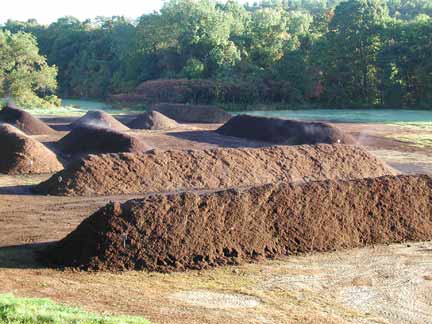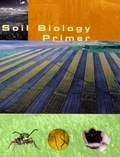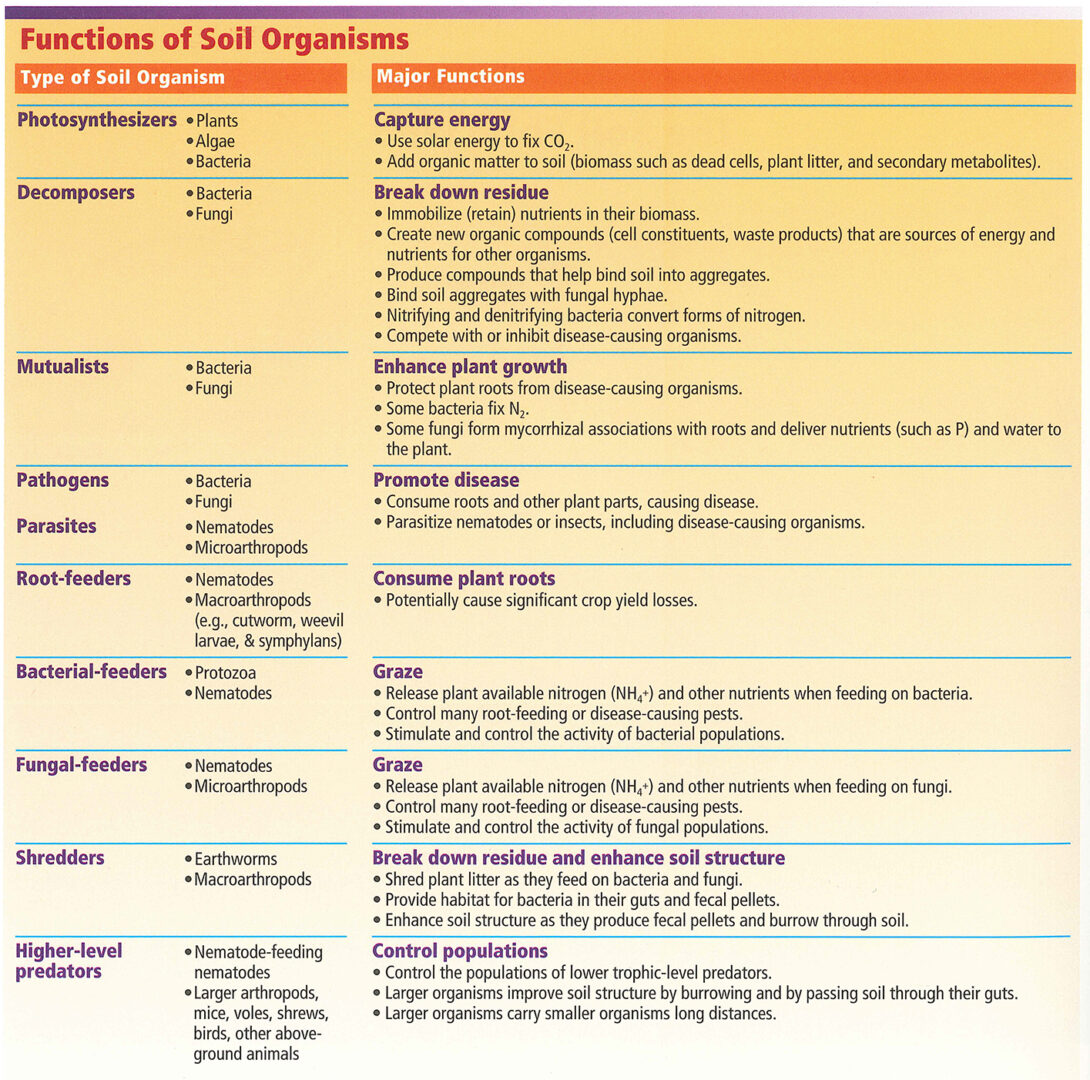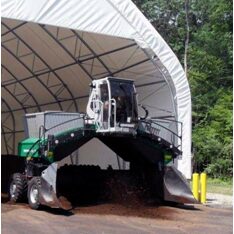2016 Summer Meeting –
Compost Information
Upcoming Events
No Events Found

Compost Use Notes – Bear Path Compost
EVENT ANNOUNCEMENT:
Managing Phosphorus in Organic Residuals
Applied to Soils
Composts, Biosolids, Manures, and
Other Organic Residual Sources
A symposium presented by the University of Massachusetts
Extension Agriculture and Landscape Program
Wednesday 2 November 2016
8:15 a.m. -4 p.m. in Marlborough, MA
MA Law and Regulations:
Mass Department of Agricultural Resources (MassDAR) info:
- Plant Nutrient Management web page
- Factsheet for Turf and Lawns

- Retail Sign for Phosphorus Containing Fertilizers

Water Supply Protection Areas:
The location of water supply protection areas, including Zone A areas, can be found on the MassDEP Water Supply Protection Map (Online Map Viewer):
UMass Amherst resources:
- Soil and Plant Tissue Testing Laboratory
- Soil Test Methods
- Center for Agriculture, Food and the Environment (CAFE) web page
- Nutrient Management Practices for:
- UMass Extension Nutrient Management web page
- UMass Extension Crops, Dairy, Livestock & Equine Program (CDLE) web page
- Low Cost Aerated Static Composting Systems for Small Acreage Equine Operations
UMass Extension Crops, Dairy, Livestock & Equine (CDLE) Program Fact Sheets
Soil and Nutrient Management:
Other CDLE Fact Sheets:
CDLE Waste Management and Composting web page

Tugel, A.J., A.M. Lewandowski, and D. Happe-vonArb, eds. 2000. Soil Biology Primer. Ankeny, IA: Soil and Water Conservation Society.
48 full-color pages, 8.5″ x 11″ softbound
The Soil Biology Primer, a 4-color publication, introduces the living component of soil and how it contributes to agricultural productivity and to air and water quality. This book is an excellent resource for gardeners, farmers, ranchers, agriculture professionals, resource specialists, conservationists, soil scientists, students, and educators. The primer includes information on the soil food web—the community of organisms living in soil—and how the web relates to soil health. Chapter topics include bacteria, fungi, protozoa, nematodes, arthropods, and earthworms.
The Soil Biology Primer Photo Gallery is posted on the USDA Natural Resource Conservation Service Soil Health web page.
from the Soil Biology Primer
for the Connecticut contingent:

windrow turner at UConn
UConn Soil Testing Laboratory
Fact Sheets and Interpretation Sheets: click here
UConn Home & Garden Education Center – an informational resource for your gardens and home. Click here for Fact Sheets
Rhode Island Department of Environmental Management
Division of Agriculture
Farmland Ecology Best Management Practices
Each BMP has a description of the practice and the benefits to be achieved by implementation, if appropriate. Not all of the management practices described may be implemented depending on the size and type of the agricultural operation nor is it required to implement more than one practice. Each farming operation is different and only those management practices which will prove to be economically and environmentally beneficial are recommended for implementation. The goal however, is the same for each individual practice and that is to protect and conserve Rhode Island’s natural resources.
- Nutrient Management
- Conservation Buffer Systems
- Crop Rotation
- Nutrient Management
- Erosion and Sediment Control
- Pest and Pesticide Management
- Livestock Grazing Management
- Irrigation Management
- Vehicle and Petroleum Storage
Rhode Island General Laws:
Regulations:
Plan for Managing Nutrient Loadings to Rhode Island Waters
Prepared by the Rhode Island Department of Environmental Management Pursuant to RI General Law ß 46-12-3(25) February 1, 2005 [Edited February 10, 2005]
News Release (February 15, 2005):
DEM ISSUES NUTRIENT MANAGEMENT PLAN
Primary Goal is to Reduce Loadings from Wastewater Treatment Facilities

Cornell Waste Management Institute
CWMI is a program in the Soil and Crop Sciences Section, School of Integrative Plant Science in the College of Agriculture and Life Sciences at Cornell University. CWMI serves the public through research, outreach, training, and technical assistance, with a focus on organic residuals.
Compost Fact Sheet Series #1-8
1. Marketing Composts and Meeting Consumer Needs. 6p, 2004 (updated 2015)
2. Regulation and Certification of Composts. 4p, 2004
3. Improving and Maintaining Compost Quality. 6p, 2004 (updated 2013)
4. Testing Composts. 6p, 2005 (updated 2015)
5. Compost Bulking Materials. 4p, 2004 (updated 2013)
6. Compost Pads. 6p, 2005
7. Compost Equipment. 6p, 2006
8. Composting Liquids. 4p, 2007
Natural Rendering Fact Sheets
Composting Livestock Mortality and Butcher Waste. 12p, 2002
Composting Road Kill. 12p, 2007
Composting Poultry Mortality. 12p, 2008
Horse Mortality: Carcass Disposal Alternatives. 8p, 2012
Health and Safety
Health & Safety Guidance for Composting in the School Setting. 2p, 2005
Health & Safety Guidance for Small Scale Composting. 2p, 2004
Home Composting
Composting at Home: the Green and Brown Alternative. 12p, 2011
Home Composting. 4p, 2005
Home Use of Milorganite®. 2p, 2006
Preventing Animal Nuisances in Small Scale Composting. 2p, 2005
Municipal Solid Waste Composting Fact Sheet Series #1-7
Table of Contents
1. Physical Processing
2. Biological Processing
3. Strategies for Separating Contaminants
4. Potential Effects of Heavy Metals on Plants and the Environment
5. Issues in Risk Assessment
6. Issues in Policy and Regulation
7. Key Aspects of Compost Quality Assurance
8. Composting Glossary
Municipal Yard Waste Composting – Operator’s Fact Sheet Series #1-10
Introduction and Table of Contents
1. The Compost Process
2. Composting Ingredients
3. Water
4. Oxygen
5. Temperature
6. Building Windrows
7. Turning Windrows
8. Chipping Woody Wastes
9. Health and Safety Precautions
10. Troubleshooting
COMPOST USE CATEGORY GUIDELINES
To familiarize yourself with the use categories listed below, click here.
To learn more about the organizations from which guidelines and specifications were obtained, click here.
To estimate the amount of compost needed for a project, click here.
Otherwise, select one of the following options…
Note that individual states may have standards applicable to some compost products and uses.


Conservation NewsBriefs
-
Program pays Illinois farmers to improve soil health
Source: Conservation News Briefs Published on 2024-07-25
-
Driest place on Earth witnesses flowers blooming for first time in decade
Source: Conservation News Briefs Published on 2024-07-25
-
Rethinking stormwater — from waste to treasure
Source: Conservation News Briefs Published on 2024-07-25
-
5 reasons to seed cover crops after specialty crops
Source: Conservation News Briefs Published on 2024-07-25
-
Smart soil can water and feed itself
Source: Conservation News Briefs Published on 2024-07-25
